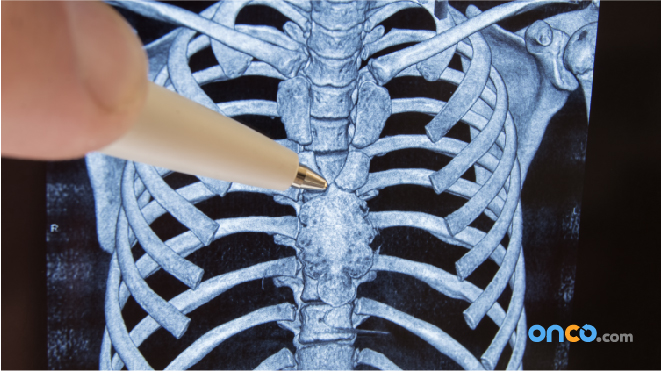How is a follow-up for bone cancer done?
Caring for patients extends beyond the actual treatment procedure. The health care team must stay alert, so recurrence is detected early. Follow-up after bone cancer treatment helps the patient cope with side-effects and monitor overall health.


Doctors keep watch of the recovery process that takes months and even years. Follow-up includes general physical exams, blood tests, and imaging tests like CT scans or X-rays and monitoring if the cancer is likely to come back. Symptoms of bone cancer like swellings, nausea, bone pains must be reported to the doctor to avoid further delays or complications. These may be signs of relapse of bone cancer or another medical condition that needs to be addressed.
Reasons for follow-up
1. To watch for a recurrence of the tumor
2. To keep a regular record of a patient’s medical condition
3. Coping with both permanent and temporary side-effects
4. Keeping an eye out for those who have cancer in their family histories
Follow-up visits may include tests like:
Chest X-rays
Chest X-rays are for patients with a history of Ewing’s sarcoma, chondrosarcoma, and other osteosarcomas as they are likely to metastasize to the lungs.
Blood tests
In the case of osteosarcoma, blood tests are used to check for the levels of ALP (alkaline phosphatase) in blood as some people with osteosarcoma have higher levels of ALP. It is a chemical produced in the bone, and that the blood picks up.
CT or MRI scans
Although this might not be part of the follow-up plan, doctors recommend it if new symptoms of bone-related issues arise.
Also, read more on screening systems for bone cancer.
How often does a patient have check-ups
Check-ups are advisable every quarterly for the first couple of years. And then, biannually for the next five years. If there has been steady improvement and there are no traces of the tumor coming back, doctor’s advise a visit every once a year. Furthermore, if new symptoms show up, the patient can contact health care without waiting for the next appointment.
